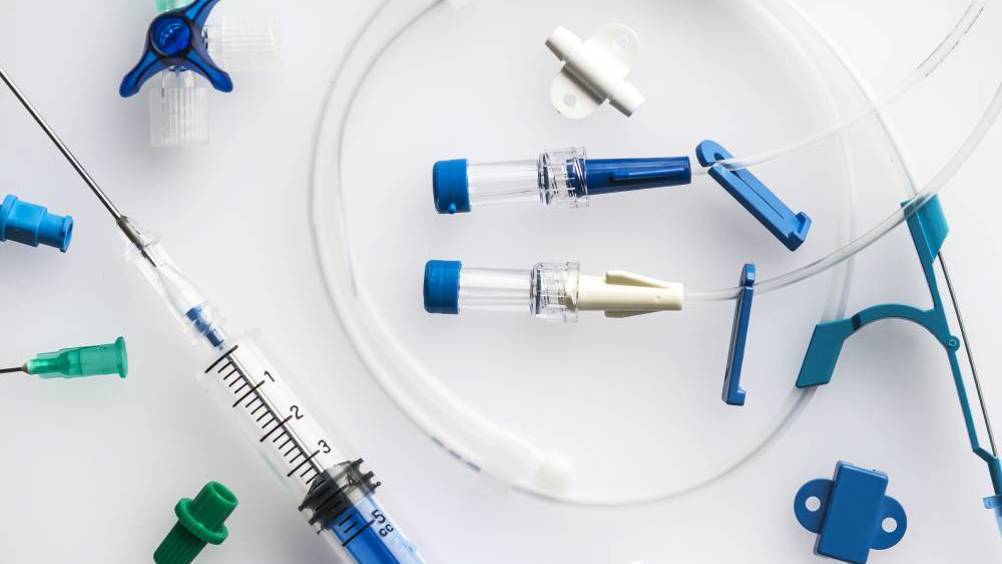Resetting best practice in IV therapy and vascular access

The past 2 years have seen the use of IV therapy and vascular access devices (VADs) at the forefront of treating COVID-19 patients. Even before the pandemic, VAD use was on the rise. As more intravenous treatments are developed in all areas of medicine, the need for VADs has risen, prompting the need for new guidelines and protocols to avoid complications. Guidelines for the care and maintenance of VADs should always be evidence-based to ensure safe practice. However, since the start of the pandemic, we have had to make difficult decisions and adapt practice to available resources while dealing with a significant rise in demand. Some shortcuts have proved safe and beneficial, such as port flushing being successfully extended to 2 monthly or longer, with anecdotal evidence to-date of no negative outcomes.
However, NIVAS members have recounted some worrying practices during the pandemic. At a recent IV therapy conference, delegates spoke to me about a rise in catheter-related bloodstream infections (CRBSIs) in their hospitals, partly due to increased inappropriate use of personal protective equipment when maintaining VADs. I heard how basic measures to prevent infections, such as scrubbing the hub of needle-free connectors or fully disinfecting the skin before cannulation, were being overlooked in favour of speed. I was told about the increase in inappropriate use of peripheral cannula for administering vesicant drugs, again blamed on the pandemic. Two years from the onset of pandemic we cannot blame poor IV practice on COVID-19. We know what we need to do to reduce the risks while delivering evidence-based care in IV therapy and vascular access, it is always about reducing complications.
Register now to continue reading
Thank you for visiting British Journal of Nursing and reading some of our peer-reviewed resources for nurses. To read more, please register today. You’ll enjoy the following great benefits:
What's included
-
Limited access to clinical or professional articles
-
Unlimited access to the latest news, blogs and video content

